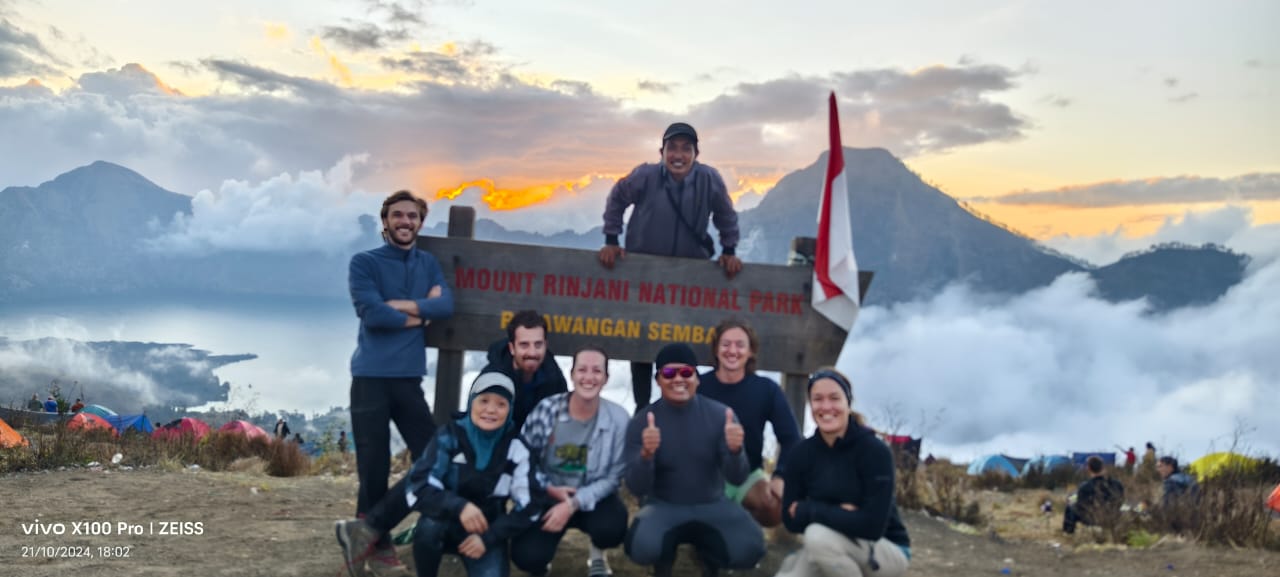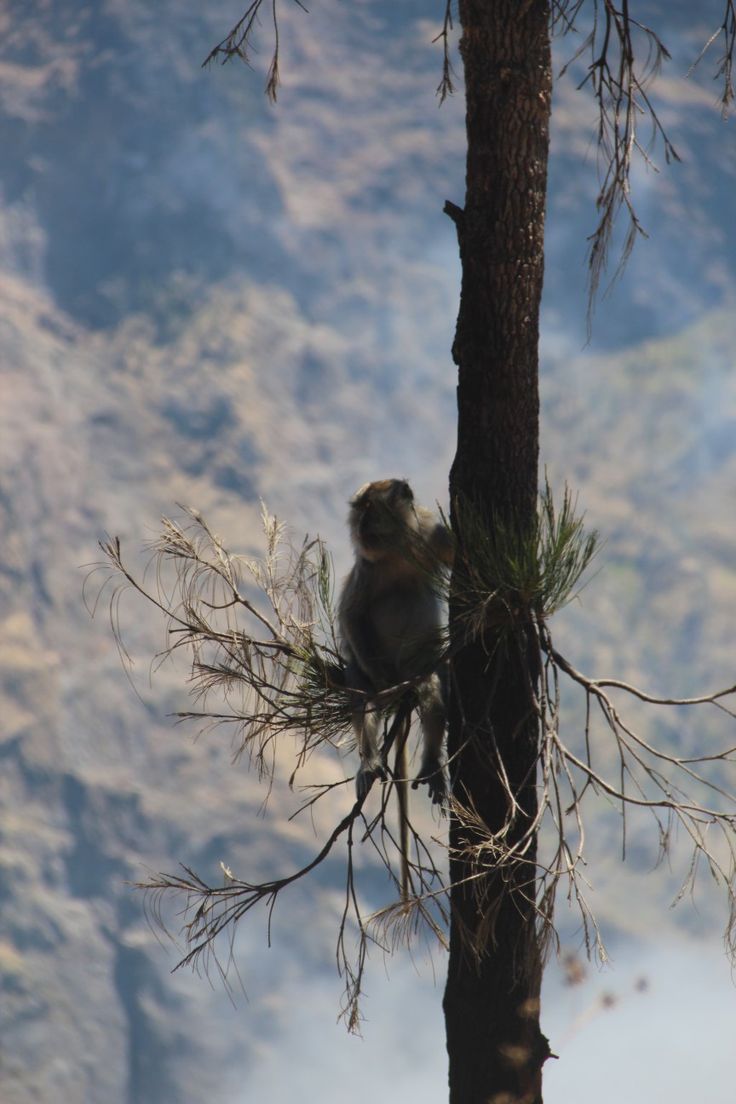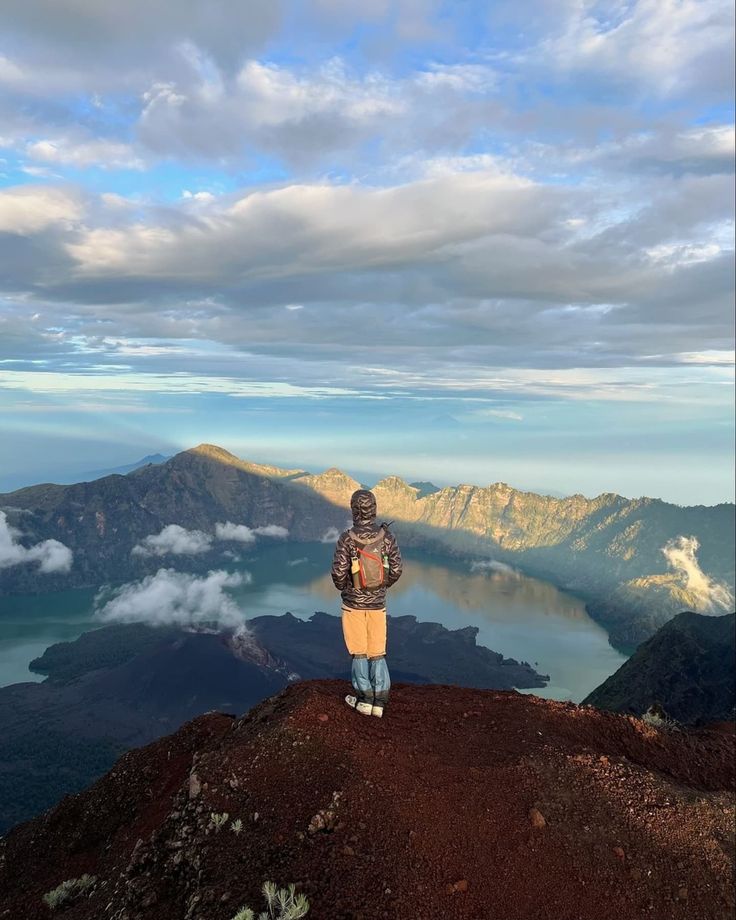Rinjani National Park
Mount Rinjani National Park
According to data provided by the West Nusa Tenggara Province’s Department of Mining and Energy, Mount Rinjani’s elevation previously approached 5,000 meters above sea level. Additionally, the pre-quarter era (1.8 million years ago) consisted only of silt in the recent west portion of Mount Rinjani. A tectonic volcanic action caused volcanic activity later in the Pleistocene epoch (1.8 million years ago), which permeated the surface as molten lava or explosive activity. One of the primary tourist destinations is climbing Mount Rinjani, Indonesia’s second-highest peak. is where Rinjani National Park is located. Although the topography and rainforest cover make it difficult to notice them, the park is home to a wide diversity of flora and animals. Males of the long-tailed gray macaque of Kera, which is common in Lombok, can be seen on the crater rim. Rusa deer, which live in forests, can occasionally be seen along the Rinjani trek train. The smaller Barking Deer, also known as Kijang, has a distinctive dog-like bark that serves as an alarm. The rare black Ebony leaf monkey, known locally as Lutung, is also occasionally spotted early in the morning. Wherever the Babi Hutan or Wild Pig has been foraging, look for the disturbed ground. palm cevet (Ujat), and porcupine (Landak) are also creatures that inhabit the woodland.



The park’s woodland is home to a wide range of vibrant birds. The Crested Cockatoo, which is unique to the area west of Lombok, is arguably its most well-known symbol. The wild fig tree, also known as the Beringin, provides food and shelter for many of the creatures, insects, birds, civets, and monkeys that live in forests. The grassy upper slopes are home to Cemara, a kind of casuarina that resembles pine. The grassland regions are also home to orchids, or anggrek, and Edelweiss, or Bunga Abadi, which grow beyond the tree line and are among the park’s most well-known sub-alvine species.
Park Potential
In West Nusa Tenggara, the Mount Rinjani area is a part of a tropical rain forest that includes a variety of ecosystems and a full range of vegetation, from lowland tropical forest (semi evergreen) to mountainous tropical rain forest (1,500–2,000 masl), which includes prime forest, casurina forest, and sub-alphine vegetation (>two thousand meters above sea level). Banyan (Ficus Benyamina), Stinging Nette (Laportea Stimulan), Guava (Sygium SP), Wild Nutmeg (Myritica Fatna), Buni Hutan (Antdesma so), Neem (Azadiracta Indica), and many other types of trees and plants can be found at elevations of 1,000 meters. Pandanus (Pterospermium tectorius), Harending (Melasotama sp.), Terep (Artocarplus Elastica), and Bajur (Pterospermium hptophilla) trees. The orchid (Vanda sp.), meniran (Calicarpa sp.), jakut wood (Syzigium sp.), senttul (Aglaia sp.), deduren (Aglaia Argentia), pandanus (Psandanus Tectorius), birds-nest fern (Asplenium Nidus), glagah (Saccharum Spontaius), coarse grass (Imperata Cylenca), paku-pakuan (Cyclocorus sp.), eweiss (Anaphalis Visida), Jenggot algae (Unsea sp.), and bigg rattan (Daemonorops sp.) are among the numerous types of flora that can be seen at elevations of 1,00 to 2,00 meters. Additionally, Mount Rinjani is home to a wide variety of mammals, the most common of which are the Black Leaf Monkey (Trcypphitecus Auratus Cristatus), Grey Monkey (Macaca Fascicularis), and Wild Pig (Sus Scrofa).
Porcupines (Hystrix Javanica), Rusa Deer (Cervus Timorensis Floresiensis), Rinjani Palm Civets (Paradoxuurus Hermaproditus Rindjanicus), Leleko Congkok (Felis Bengelensis Javanensis), and Ganggarangan Kecil (Vivvericula Indica) are among the animals. Numerous birds, including the Black-Head Thrush (Zootera Interpress), Perkici Red Shest (Trichoglosus Haematodus), Koakiau (Philemon Buceroides Negelcus), Honeyeater (Lichmera Lomokia), and Sulphur Crested Cockatoo (Cacatua Sulphures Parvula).
